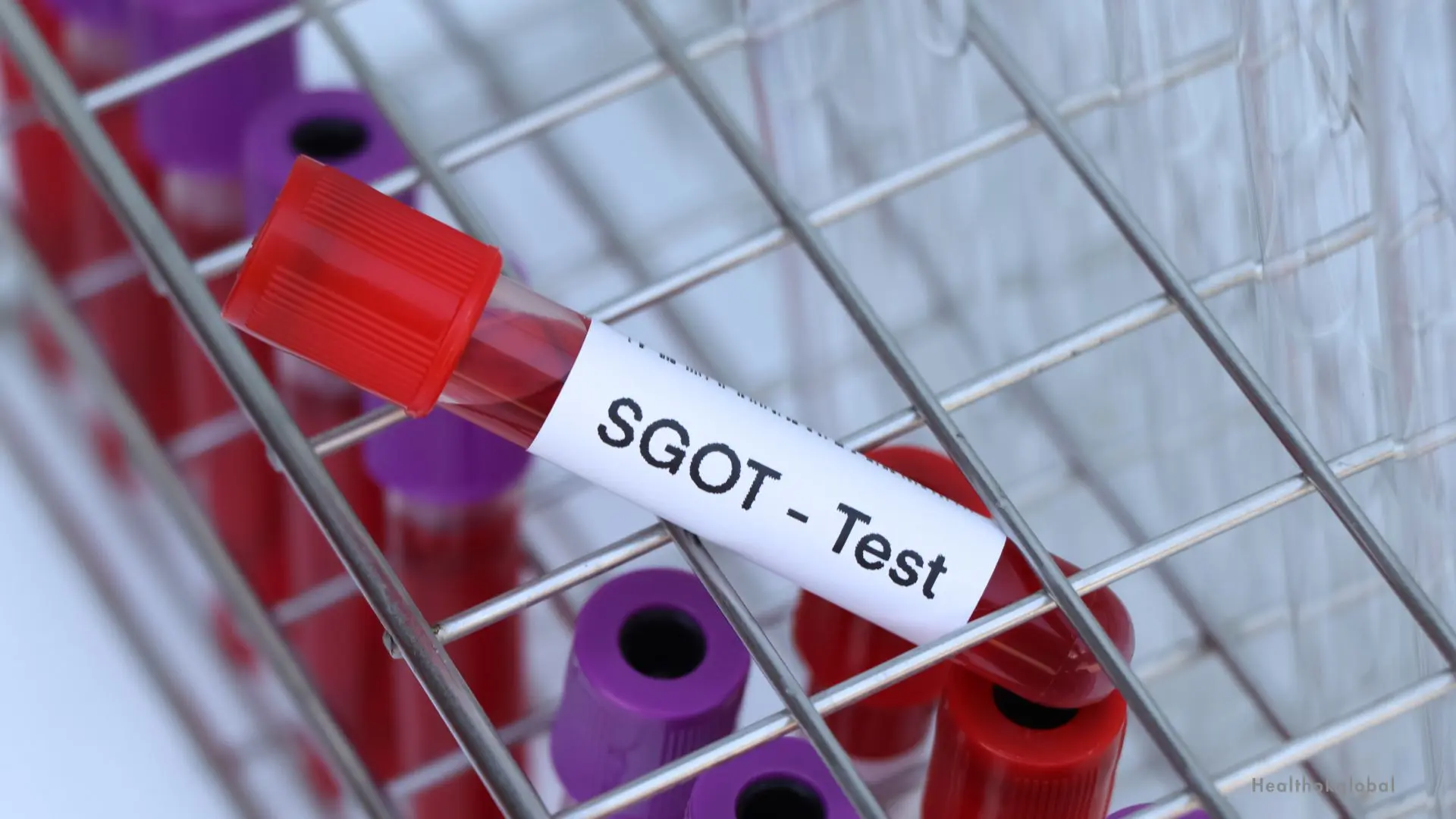SGOT, or Serum Glutamic-Oxaloacetic Transaminase, also known as Aspartate Aminotransferase (AST), is an enzyme found in various tissues in the body, including the liver, heart, muscles, and kidneys.

Blog
Understanding SGOT Normal Range: Importance and Implications for Health
SGOT, or Serum Glutamic-Oxaloacetic Transaminase, also known as Aspartate Aminotransferase (AST), is an enzyme found in various tissues in the body, including the liver, heart, muscles, and kidneys. It plays a crucial role in amino acid metabolism. SGOT is released into the bloodstream when cells in these tissues are damaged, making it a valuable marker for diagnosing and monitoring liver health, among other conditions.
SGOT is a key component of liver function tests, which are routinely used to evaluate liver health and diagnose liver diseases. Elevated SGOT levels can indicate liver damage or other health issues. Understanding SGOT levels helps healthcare providers assess the extent of liver damage and monitor the effectiveness of treatment.
SGOT levels are crucial for diagnosing liver conditions such as hepatitis, cirrhosis, and fatty liver disease.
For patients undergoing treatment for liver diseases, regular SGOT tests help track the progress and effectiveness of the treatment.
SGOT, along with other liver enzymes like SGPT (ALT), provides a comprehensive picture of liver function and overall health.
The normal range for SGOT levels varies slightly depending on the laboratory and the measurement units used. Generally, the normal range for SGOT is:
10-40 units per liter (U/L)
9-32 units per liter (U/L)
Several factors can influence SGOT levels, including medications, lifestyle, and underlying health conditions. Understanding these factors is crucial for accurate interpretation of SGOT test results.
Certain medications, such as statins, antibiotics, and anti-seizure drugs, can elevate SGOT levels.
Chronic alcohol use can cause liver damage, leading to elevated SGOT levels.
Intense physical activity can temporarily raise SGOT levels due to muscle damage.
Conditions such as myocardial infarction, muscle diseases, and pancreatitis can also result in elevated SGOT levels.
Elevated SGOT levels can indicate various health issues, primarily related to liver damage but also involving other organs and tissues. Identifying the underlying cause is essential for appropriate diagnosis and treatment.
Hepatitis (viral, alcoholic, or autoimmune), cirrhosis, and fatty liver disease are common causes of elevated SGOT levels.
Myocardial infarction (heart attack) can lead to high SGOT levels due to heart muscle damage.
Muscle injuries or diseases, such as muscular dystrophy, can cause elevated SGOT levels.
Conditions like pancreatitis can also result in increased SGOT levels.
When SGOT levels are elevated, further diagnostic tests and evaluations are necessary to determine the underlying cause. Healthcare providers typically use a combination of medical history, physical examination, and additional laboratory tests.
In some cases, a liver biopsy may be performed to assess the extent of liver damage and identify specific liver conditions.
Ultrasound, CT scans, or MRI can provide detailed images of the liver and detect abnormalities.
Other liver function tests, such as SGPT (ALT), alkaline phosphatase (ALP), and bilirubin levels, are used to gain a comprehensive understanding of liver health.
SGOT and SGPT (Serum Glutamic-Pyruvic Transaminase or Alanine Aminotransferase) are both liver enzymes used to assess liver function. While they serve similar purposes, there are key differences between the two.
SGOT is found in various tissues, including the liver, heart, and muscles, while SGPT is primarily found in the liver.
SGPT is more specific to liver damage, making it a more sensitive marker for liver conditions. However, SGOT provides valuable information about damage to other tissues.
Both enzymes are often measured together to provide a comprehensive view of liver health. The ratio of SGOT to SGPT (AST/ALT ratio) can help differentiate between different types of liver disease.
Managing elevated SGOT levels involves addressing the underlying cause and implementing lifestyle changes to support liver health. Regular monitoring and follow-up tests are crucial for assessing the effectiveness of treatment.
Depending on the cause, medications such as antiviral drugs for hepatitis or medications to manage heart conditions may be prescribed.
Reducing alcohol consumption, maintaining a healthy diet, and engaging in regular physical activity can help improve liver health.
Regular liver function tests, including SGOT, help monitor the progress of treatment and detect any changes in liver health.
Preventing liver damage is essential for maintaining healthy SGOT levels and overall well-being. Adopting healthy lifestyle habits can significantly reduce the risk of liver diseases.
Consuming a balanced diet rich in fruits, vegetables, whole grains, and lean proteins supports liver health.
Engaging in regular physical activity helps maintain a healthy weight and reduces the risk of fatty liver disease.
Limiting alcohol consumption and avoiding exposure to toxins and chemicals can prevent liver damage.
Understanding the SGOT normal range and its implications for health is crucial for diagnosing and managing liver conditions. Elevated SGOT levels can indicate various health issues, primarily related to liver damage. By interpreting SGOT levels in conjunction with other liver function tests and clinical findings, healthcare providers can accurately diagnose and treat liver diseases. Adopting healthy lifestyle habits and regular monitoring can help maintain liver health and prevent complications. By prioritizing liver health and seeking timely medical advice, individuals can effectively manage their SGOT levels and ensure overall well-being.
SGOT is a key component of liver function tests, which are routinely used to evaluate liver health and diagnose liver diseases. Elevated SGOT levels can indicate liver damage or other health issues. Understanding SGOT levels helps healthcare providers assess the extent of liver damage and monitor the effectiveness of treatment.
The normal range for SGOT levels varies slightly depending on the laboratory and the measurement units used. Generally, the normal range for SGOT is:
SGOT and SGPT (Serum Glutamic-Pyruvic Transaminase or Alanine Aminotransferase) are both liver enzymes used to assess liver function. While they serve similar purposes, there are key differences between the two.
Need Personalized Health Guidance?
Get expert advice tailored to your specific health needs from our qualified healthcare professionals.





